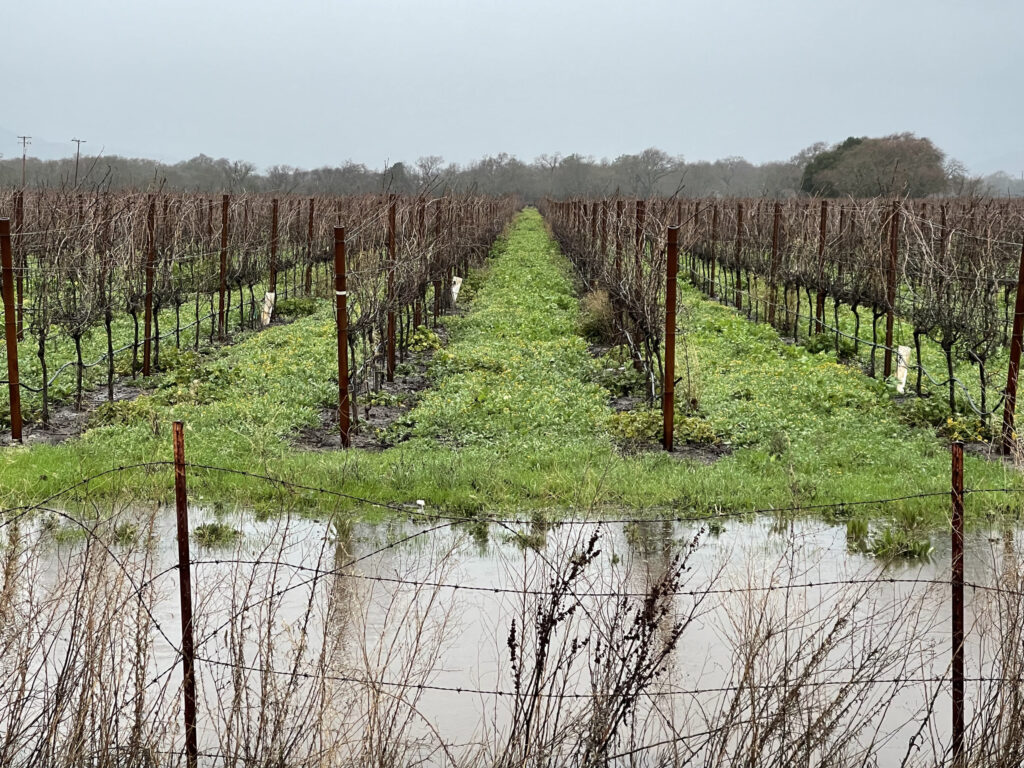
Starting in December, a series of “atmospheric rivers” brought record storms to California producing as much rain in three weeks in some areas as they normally have in an entire year. The historic levels of rain (and snow in the mountains) have swollen rivers, flooded roads and homes, forced evacuations, knocked out electric power for millions of people, and resulted in more than 20 deaths.
Atmospheric rivers are air currents that carry large amounts of water vapor through the sky. They are not unusual for California but recurrent waves of them like those that have happened recently are very infrequent. Studies by the U.S. Geological Survey have shown that such a phenomenon recurs in California every 250 years. There were a series of storms causing disastrous floods in California in 1861-62.
The atmospheric rivers are born in the warm waters of the tropical Pacific. During La Nina phases, the atmospheric rivers typically make landfall on the northern West Coast. During El Nino phases, atmospheric rivers are more likely to end up in Southern and Central California. During transitions between the phases, as is happening now, the storms can cover large parts of the state.
Modern forecasting is pretty good at predicting the forthcoming occurrence of these storms and has led to some helpful actions, such as reservoir operators preventing dams from overflowing or bursting. But there is a gap between science and decision-making. It is pretty clear what needs to be done when tornados or hurricanes are on the way. It is less clear what actions are appropriate when there are going to be repeated heavy rainstorms.
These storms will have an effect on California’s megadrought, but just how much of an effect remains to be seen.
**********
Web Links
Flooding in California: What Went Wrong, and What Comes Next
Photo, posted January 5, 2023, courtesy of Sarah Stierch via Flickr.
Earth Wise is a production of WAMC Northeast Public Radio
Leave a Reply